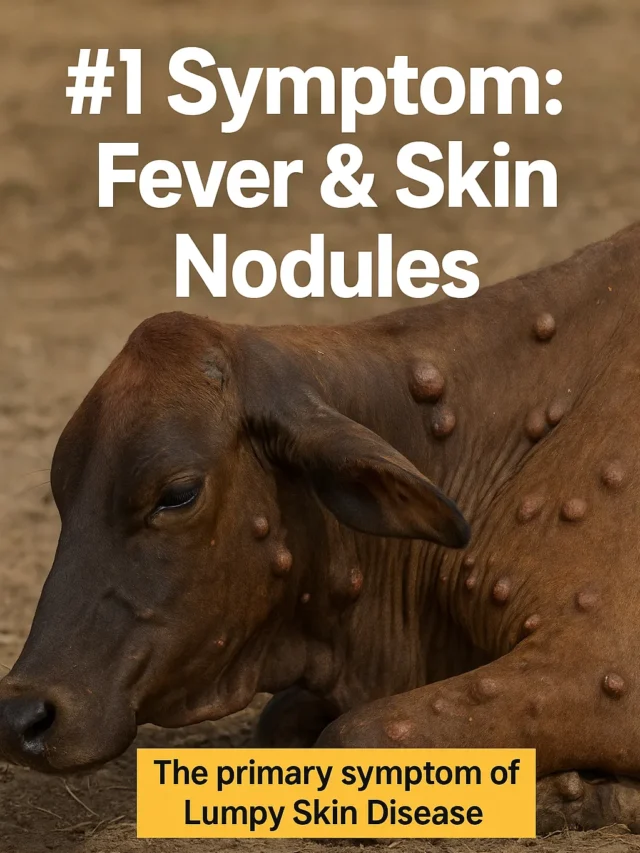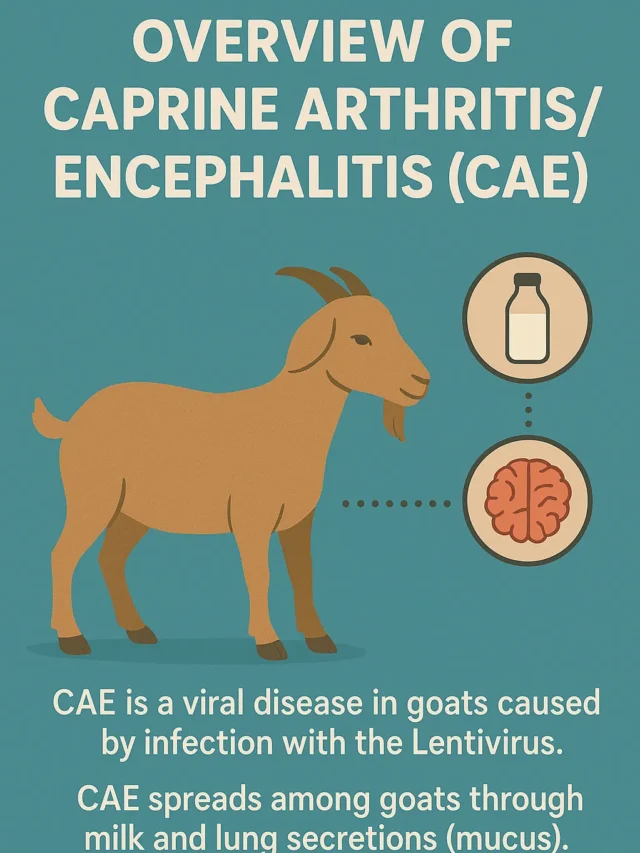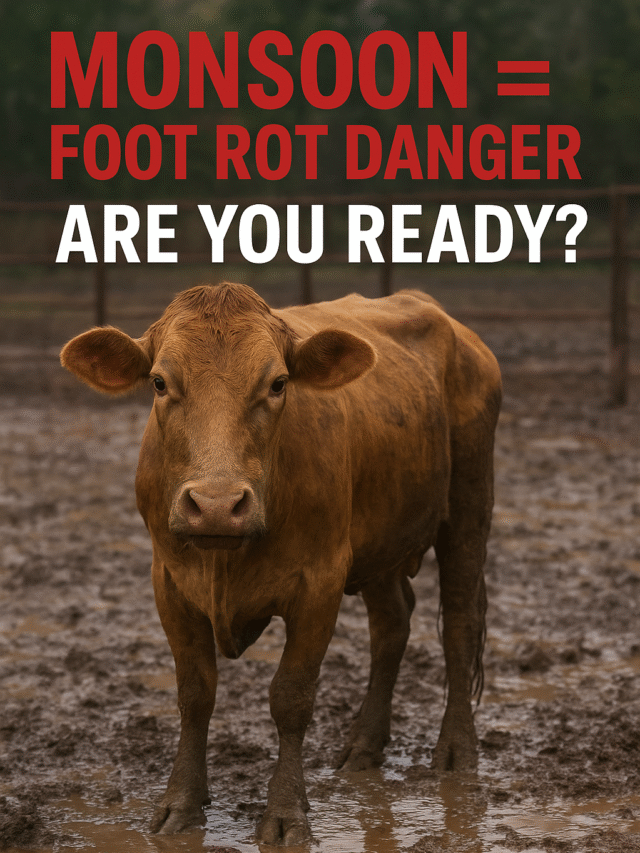Physiological Vitals of Clinical Significance in Different Animal Species
| Physiological Vitals of Clinical Significance in Different Animal Species | |||||||||||||
| Parameter | Cattle | Buffalo | Sheep | Goat | Pig | Horse | Camel | Yak | Mithun | Dog | Poultry | Rabbit | Cat |
|---|---|---|---|---|---|---|---|---|---|---|---|---|---|
| Rectal/Body Temperature (°F) | 100.4–102.8 | 99–102 | 100.9–103.8 | 101.3–103.5 | 100–104 | 99.0–100.8 | 99–102 | 100–101 | 100–101 | 100–102 | 105.0–109.4 | 101.5–104.2 | 100.5–102.5 |
| Pulse Rate (per min) | 40–70 | 40–60 | 70–80 | 70–90 | 60–100 | 28–44 | 60–90 | 69–100 | 65–75 | 60–160 | 250–350 | 180–250 | 140–220 |
| Respiration Rate (per min) | 18–28 | 30–35 | 10–30 | 10–30 | 8–18 | 10–24 | 5–12 | 34–65 | 20–22 | 18–34 | 15–30 | 30–60 | 20–30 |
| Physiological Vitals of Clinical Significance in Different Animal Species | |||||||||||||
Trusted Sources
- Rabbits: Merck Veterinary Manual (11th ed.), Journal of Exotic Pet Medicine (2023).
- Cats: Cornell Feline Health Center, VCA Animal Hospitals, Clinical Biochemistry of Domestic Animals (6th ed.).
- Other Data : Standard Veterinary Treatment By DAHD GOV.
![1. Clinical animal diagnostics
2. Normal vitals for [species]
3. Veterinary lab values
4. Comparative species hematology
5. Serum biochemistry ranges
6. Animal health parameters
7. Veterinary data tables
8. Diagnostic reference guides](https://www.therajasthanexpress.com/wp-content/uploads/2025/08/Physiological-Vitals-of-Clinical-Significance-in-Different-Animal-Species-1024x683.webp)
Haematological Values of Different Species of Animals
| Haematological Values of Different Species of Animals | ||||||||||||||
| Parameter | Units | Cattle | Buffalo | Sheep | Goat | Pig | Horse | Camel | Yak | Mithun | Dog | Poultry | Rabbit | Cat |
|---|---|---|---|---|---|---|---|---|---|---|---|---|---|---|
| RBC | ×10⁶/μL | 5–10 | 8–11 | 9–15 | 8–18 | 5–8 | 6–10 | 8–14 | 4–6 | 6–7 | 5–8 | 2–4 | 4.5–7.5 | 5.0–10.0 |
| Hemoglobin (Hb) | g/dL | 8–15 | 14–18 | 9–15 | 8–12 | 10–16 | 10–16 | 11–15 | 9–13 | 10–11 | 12–19 | 7–11 | 10.0–15.0 | 9.0–15.0 |
| PCV | % | 24–46 | 43–45 | 27–45 | 22–38 | 32–50 | 27–43 | 20–32 | 24–38 | 31–45 | 35–57 | 27–42 | 33–50 | 30–45 |
| MCV | fL | 40–60 | 61–65 | 28–40 | 16–25 | 50–68 | 37–49 | 7–31 | 51–63 | 55–64 | 66–77 | 82–89 | 60–75 | 39–55 |
| MCH | pg | 11–17 | 20–22 | 8–12 | 5–8 | 17–21 | 14–18 | 10–14 | 16–23 | 15–18 | 21–26 | 27–29 | 19–23 | 13–17 |
| MCHC | g/dL | 30–36 | 35–37 | 31–34 | 30–36 | 30–34 | 35–39 | 43–49 | 33–39 | 24–33 | 32–36 | 32–33 | 30–35 | 30–36 |
| Platelets | ×10³/μL | 100–800 | 264–439 | 800–1,100 | 300–600 | 200–500 | 117–256 | 129–454 | 136–364 | – | 211–621 | 20–50 | 250–600 | 200–500 |
| WBCs | ×10³/μL | 4–12 | 12–15 | 4–8 | 4–13 | 11–22 | 6–12 | 7–18 | 3–9 | 9–11 | 5–14 | 20–33 | 5.0–12.0 | 5.5–19.5 |
| Neutrophils | % | 15–33 | 30–45 | 10–50 | 30–48 | 28–47 | 52–70 | 50–58 | 26–65 | 24 | 58–85 | 29–37 | 30–50* | 35–75 |
| Lymphocytes | % | 45–75 | 40–60 | 40–55 | 50–70 | 39–62 | 21–42 | 30–42 | 24–58 | 63 | 8–21 | 49–58 | 30–85 | 20–55 |
| Monocytes | % | 0–8 | 1–6 | 0–6 | 0–4 | 2–10 | 0–6 | 4–6 | 0–3 | 7 | 2–10 | 8–10 | 1–4 | 0–4 |
| Eosinophils | % | 0–20 | 1–8 | 0–10 | 1–8 | 0.5–11 | 0–7 | 2–6 | 5–24 | 5 | 0–9 | 1–7 | 1–4 | 0–12 |
| Basophils | % | 0–2 | 0–1 | 0–3 | 0–1 | 0–2 | 0–2 | 0–1 | 0–3 | 1 | 0–1 | 0.2–0.5 | 2–7 | 0–1 |
| Plasma Proteins | g/dL | 6.5–8.5 | 5–9 | 6–8 | 6–7 | 8–9 | 6–8 | 5–6 | 7–8 | 7–9 | 5–7 | 3–5 | 5.4–7.5 | 6.0–8.0 |
| Haematological Values of Different Species of Animals: The Rajasthan Express | ||||||||||||||
Note for Rabbits:
- Rabbits have heterophils instead of neutrophils (functionally similar but morphologically distinct).
Serum Biochemistry Values of Different Species of Animals
| Serum Biochemistry Values of Different Species of Animals:The Rajasthan Express | ||||||||||||||
| Parameter (Range Values) | Units | Cattle | Buffalo | Sheep | Goat | Pig | Horse | Camel | Yak | Mithun | Dog | Poultry | Rabbit | Cat |
|---|---|---|---|---|---|---|---|---|---|---|---|---|---|---|
| Total Protein | g/dL | 6.5–8.5 | 5–9 | 6–8 | 6–7 | 8–9 | 6–8 | 5–6 | 7–8 | 7–9 | 5–7 | 3–5 | 5.4–7.5 | 6.0–8.0 |
| Albumin | g/dL | 2–4 | 2–4 | 2–3 | 3–4 | 2–4 | 3–4 | 2–4 | 3–4 | 4–5 | 2–3 | 1–3 | 2.7–4.6 | 2.5–3.9 |
| Globulin | g/dL | 2.5–4.5 | 3–6 | 3–6 | 3–4 | 5–6 | 3–4 | 2–3 | 3–5 | 3–4 | 3–4 | 1–4 | 1.5–3.0 | 2.8–5.0 |
| ALT (SGPT) | U/L | 11–40 | 7–48 | 26–34 | 6–19 | 31–58 | 10–45 | 22–44 | 0.6–82 | 36–89 | 10–109 | 21–29 | 48–80 | 10–100 |
| AST (SGOT) | U/L | 51–169 | 24–93 | 60–280 | 60–200 | 32–84 | 160–412 | 80–180 | 5–100 | 77–122 | 15–65 | 115–151 | 14–113 | 10–50 |
| Alkaline Phosphatase | U/L | 41–172 | 44–311 | 68–387 | 93–387 | 118–395 | 70–200 | 40–595 | 60–264 | 118–225 | 20–150 | 15–40 | 4–16 | 6–102 |
| GGT (Gamma GT) | U/L | 6–17 | 13–55 | 20–52 | 20–56 | 10–60 | 6–17 | 4–17 | – | – | – | 25–50 | 0–7 | 0–4 |
| Bilirubin | mg/dL | 0–2 | 0.1–0.8 | 0.1–0.5 | 0–0.1 | 0–1 | 0–3 | 0–0.03 | 0.31–0.43 | – | 0–0.3 | 0.1–0.5 | 0.1–0.6 | 0.1–0.4 |
| Cholesterol | mg/dL | 80–150 | 43–113 | 52–76 | 80–130 | 36–54 | 80–140 | 80–140 | 90–120 | 48 | 135–278 | 129–297 | 10–80 | 75–200 |
| Creatinine | mg/dL | 0.5–2 | 1–2 | 1–3 | 1–2 | 1–2 | 0.4–2 | 1–1.5 | 2–2.5 | – | 0.5–2 | 0.5–2 | 0.5–2.5 | 0.8–2.3 |
| BUN | mg/dL | 10–25 | 20–30 | 8–20 | 10–20 | 10–30 | 11–27 | 20–25 | 16–22 | 23–39 | 8–28 | 10–20 | 15–30 | 15–35 |
| Sodium | mEq/L | 136–144 | 130–160 | 139–152 | 142–155 | 135–150 | 128–142 | 148–155 | 117–123 | 136 | 142–152 | 140–155 | 135–150 | 145–158 |
| Potassium | mEq/L | 4–5 | 4–7 | 4–5 | 3–7 | 4–7 | 3–5 | 5–7 | 8–9 | 10 | 4–5 | 2–3 | 3.5–6.9 | 3.7–5.8 |
| Chloride | mEq/L | 99–107 | 73–117 | 95–103 | 99–110 | 94–106 | 98–109 | 100–115 | 97 | – | 110–124 | 110–130 | 95–115 | 110–125 |
| Calcium | mg/dL | 8–11 | 8–14 | 11–13 | 9–12 | 7–12 | 10–13 | 8–12 | 10–11 | 10 | 9–12 | 5–7 | 5.6–12.5 | 8.0–11.0 |
| Phosphorus | mg/dL | 6–8 | 6–10 | 5–7 | 4–10 | 5–10 | 1–5 | 2–6 | – | 8 | 3–5 | 9–28 | 2.5–6.8 | 3.0–7.5 |
| Magnesium | mg/dL | 1–3 | 2–4 | 2–3 | 3–4 | 3–4 | 1–2 | 1–2 | 2–2.5 | 2 | 2–2.5 | 0.7–1 | 1.5–2.5 | 1.8–2.6 |
| Glucose | mg/dL | 40–100 | 22–97 | 50–80 | 50–75 | 85–150 | 62–134 | 70–110 | 61–66 | 49–70 | 76–119 | 200–400 | 75–155 | 70–150 |
| Serum Biochemistry Values of Different Species of Animals: The Rajasthan Express | ||||||||||||||
Clinical Application Warnings
- Stress Hyperglycemia:
- Ruminants (cattle/goats) and horses can show glucose spikes >20% during handling.
- Liver Enzyme Interpretation:
- ALT in dogs: >150 U/L indicates hepatocellular damage.
- AST in goats: >300 U/L suggests severe rhabdomyolysis or hepatitis.
- Electrolyte Balance:
- Camelids: Tolerate sodium fluctuations (130–160 mEq/L) due to desert adaptations.
- Poultry: Sodium <130 mEq/L causes eggshell defects.
- Avian Specifics:
- Bilirubin: Less reliable than uric acid for liver assessment in birds.
- Glucose: Collect in heparinized tubes; levels drop 50% in 1 hour if not processed.
- Rabbit Calcium Note: Rabbits exhibit higher calcium ranges due to unique intestinal absorption (not vitamin D-dependent). Urinary calcium excretion is common.
Sources
- Camelids: FAO Camel Health Guidelines (2022), J. Camelid Science (2023).
- Poultry: Avian Disease Manual (Cornell, 2023), Poultry Science (2022).
- Ruminants: Merck Veterinary Manual (Ruminant Biochemistry Tables).
- Horses/Dogs: Cornell Equine & Canine Reference Ranges.
Always use lab-specific ranges when available. Values vary by age, breed, and diet (e.g., dairy vs. beef cattle, broiler vs. layer chickens).
“Comprehensive physiological vitals, hematology & serum biochemistry values for 11 species: Cattle, Buffalo, Horse, Dog, Poultry + clinical notes. Trusted vet data.”
THE RAJASTHAN EXPRESS





![1. Clinical animal diagnostics 2. Normal vitals for [species] 3. Veterinary lab values 4. Comparative species hematology 5. Serum biochemistry ranges 6. Animal health parameters 7. Veterinary data tables 8. Diagnostic reference guides](https://www.therajasthanexpress.com/wp-content/uploads/2025/08/Physiological-Vitals-of-Clinical-Significance-in-Different-Animal-Species.webp)

